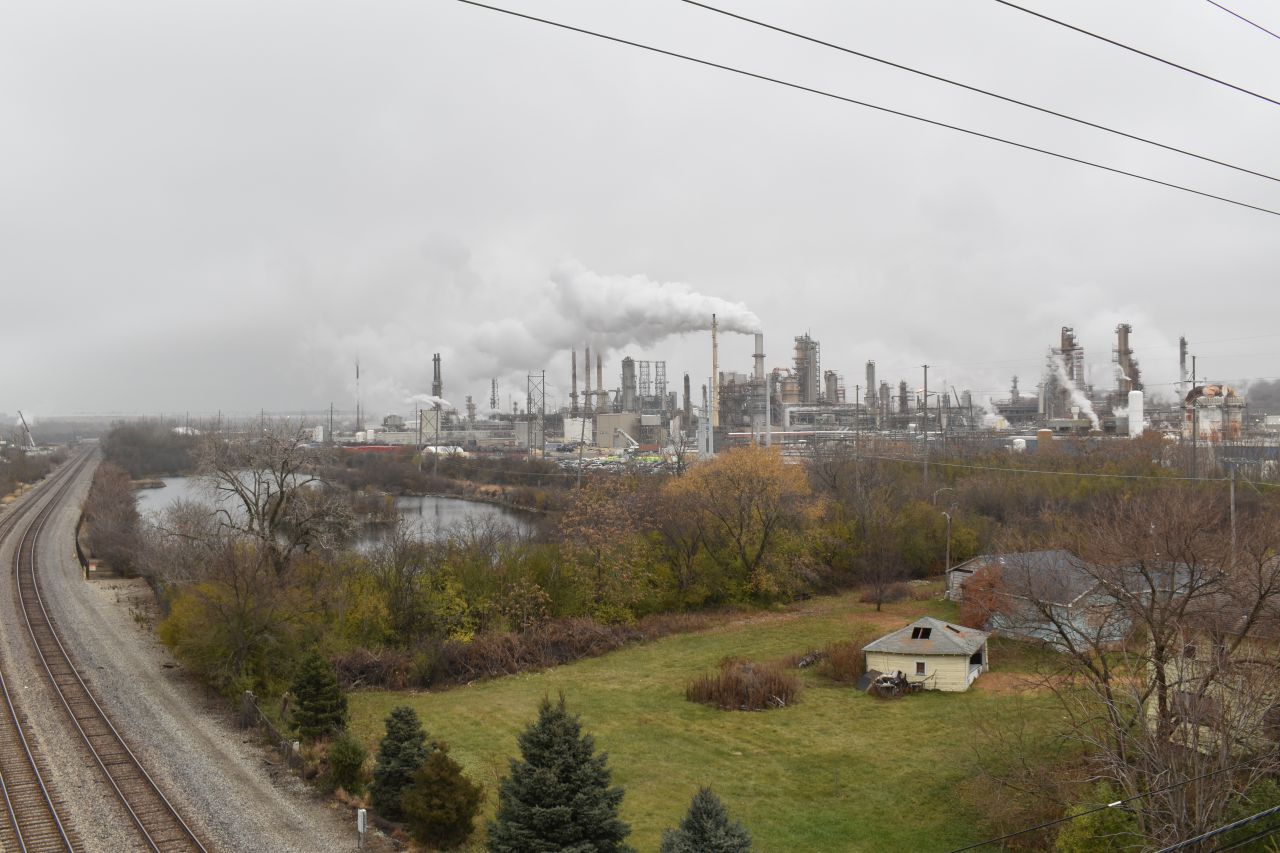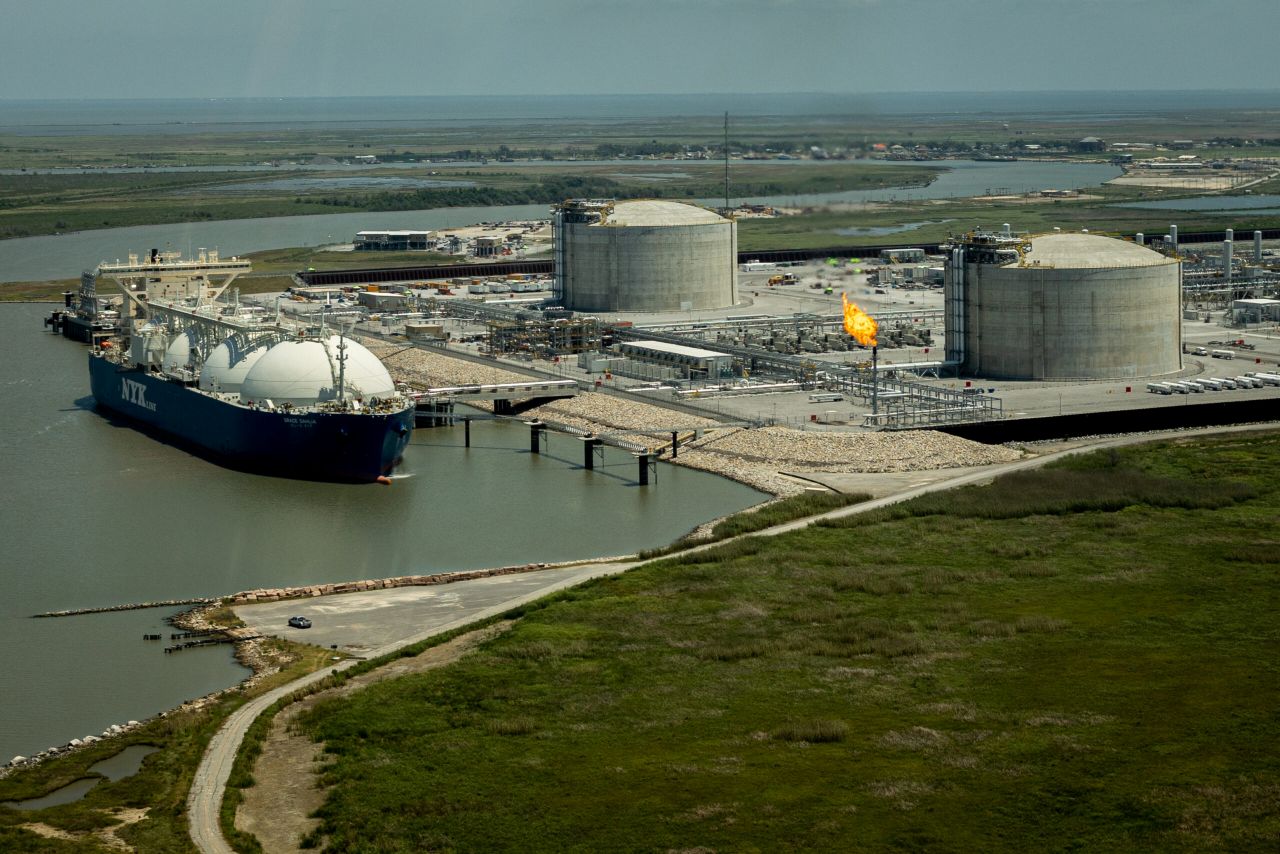The oil and gas industry keeps laying off workers as Trump pushes 'drill, baby, drill!'

When President Donald Trump took office, he positioned himself as a champion of fossil fuels and claimed that “unleashing American energy” will “restore American prosperity.”
However, the record-high oil and gas production that Trump inherited when he took office has not translated to more jobs in the industry. Major oil and gas companies, including ExxonMobil, Chevron, Shell, and BP, are all laying off workers amid a decade-long trend of declining industry employment.
Industry leaders and analysts attribute the job losses to a combination of persistently low oil and gas prices; higher supply costs, in part due to Trump’s tariffs; and consolidation in the industry, with company mergers leading to eliminating redundant positions.
ExxonMobil is the latest major company to signal job cuts, announcing last week that it would trim its global workforce by 3-4 percent, or 2,000 jobs. Most of Exxon’s job cuts will be in Europe and Canada.
However, other companies’ layoffs are already affecting U.S. employees. Chevron earlier this year said it planned to reduce its employees by 15-20 percent globally by the end of 2026, with about 200 people in the oil and gas hub of Midland, Texas, losing their jobs in July.
Shell last year said it would reduce its global workforce by 20 percent, including about 100 in the Houston area. And BP said in January it would eliminate 6,200 corporate and 4,400 contractor roles by the end of this year.
All told, Texas, the most prolific oil- and gas-producing state, lost approximately 2,900 drilling and production jobs in June and July, according to the Texas Oil and Gas Association, citing state data.
The industry has been tightening its belt even as the Trump Administration has worked hard to promote fossil fuels. Under Trump, the Department of the Interior has moved to expand drilling rights in Alaska, and federal agencies resumed permitting for liquified natural gas (LNG) export projects following a Biden Administration attempt to pause such approvals. The Trump Administration has also worked to oppose renewable energy, including by trying to cancel an offshore wind energy project on the East Coast.
Rather than praise Trump’s pro-fossil-fuel policies, several oil and gas executives criticized the administration’s tariffs and volatility in an anonymous survey by the Dallas branch of the Federal Reserve released Sept. 24.
Over the long term, the industry is learning to produce more oil and gas with fewer employees. In the early 2000s, advances in horizontal drilling and hydraulic fracturing ushered in a new era of increasing production from shale formations previously considered too expensive to produce. That led to a rise in oilfield jobs that culminated in late 2014, when more than 200,000 people were employed in oil and gas extraction, according to the Bureau of Labor Statistics.
Since then, these jobs have seen a decade-long decline, even as production has soared to record highs. As of June, the U.S. was producing 13.6 million barrels of oil per day, more than any month in over a century. In December, U.S. natural gas production in the Lower 48 reached a record high of 118.5 billion cubic feet per day. As of June, this decreased slightly to 107.4 billion cubic feet per day.
Meanwhile, the number of oil and gas extraction workers has dropped by 40 percent over the past decade to 119,000 as of August, according to federal data.
The number of operating drilling rigs operating in the U.S. has also declined over the past decade from a recent height of more than 1,868 in December 2014 to 538 as of August, according to the U.S. Energy Information Administration. Over that time, companies have learned to drill more wells per rig and squeeze more oil and gas out of the wells it drills—all relying on fewer workers.
The industry typically follows a cyclical pattern—adding labor during the growth phase and cutting costs during downturns. The most recent upswing came before the COVID-19 pandemic, and the subsequent crash in 2020 led to a loss of more than 21,000 jobs over the next year, according to Bureau of Labor Statistics data.
Oilfield employment never bounced back to pre-pandemic levels. Over the last two industry cycles, “more positions are lost during the downturn than gained during upswings,” said Trey Cowan, oil and gas analyst with the Institute for Energy Economics and Financial Analysis.
“Low oil prices and the expectation that the prices will remain weak over the next year or so is the primary reason for staffing reductions,” Cowan said.
Since the pandemic, companies have also been consolidated through firms merging and buying out competitors. Such mergers and acquisitions quadrupled last year compared to the previous 12 months, according to Reuters. An August report by accounting firm Ernst & Young described the industry’s “competitive landscape” as “undergoing deep transformation with a continuing wave of consolidation.”
“This removal of ‘redundant positions’ due to mergers is taking an extra bite out of staffing levels,” Cowan said. “We would not be surprised if by the end of 2026 that overall staffing becomes less than levels prior to the fracking boom (i.e., 2006 time frame).”
Except for a couple brief rallies over the summer, oil prices have mostly remained below $70 per barrel, a level that executives say cannot sustain growth in the industry. The latest Dallas Fed survey revealed rising pessimism about the trajectory of oil prices and the industry overall compared to earlier this year.
“The administration is pushing for $40 per barrel crude oil, and with tariffs on foreign [steel for pipelines],” costs for oil extraction companies are up “and drilling is going to disappear,” wrote one executive of an exploration and production company. “The oil industry is once again going to lose valuable employees.”















